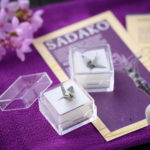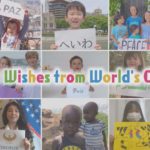Sending “Folded Paper Crane”; Prayers to the World in Children’s Native Tongues

Of the memorial monuments in the Hiroshima Peace Memorial Park, the Children’s Peace Monument, surrounded by strings of a thousand paper cranes, has become symbolic of the park. People from all over the world offer paper cranes they have folded themselves as they pray for peace and for the child victims of the atomic bombing.
Sasaki Sadako, who suffered irradiation from the atomic bomb at the age of two, was suddenly diagnosed with leukemia a decade later and died after eight months of hospitalization. In 2003, the picture book Orizuru no Tabi: Sadako no Inori o Nosete [Journey of Folded Paper Cranes: Carrying Sadako’s Prayer] was published, depicting the story of Sadako’s classmates who carried forward her memory and erected the Children’s Peace Monument. Today, about 20 years later, it is available to children the world over in 33 languages, including English.
The NGO ANT-Hiroshima has launched Sadako’s Picture Book Project, which translates this book into other languages and has delivered nearly 5,000 copies of the book to children worldwide. We spoke with Watanabe Tomoko, the Chair of the NGO, along with project managers Yamamoto Masami and Ishiyama Naoko.
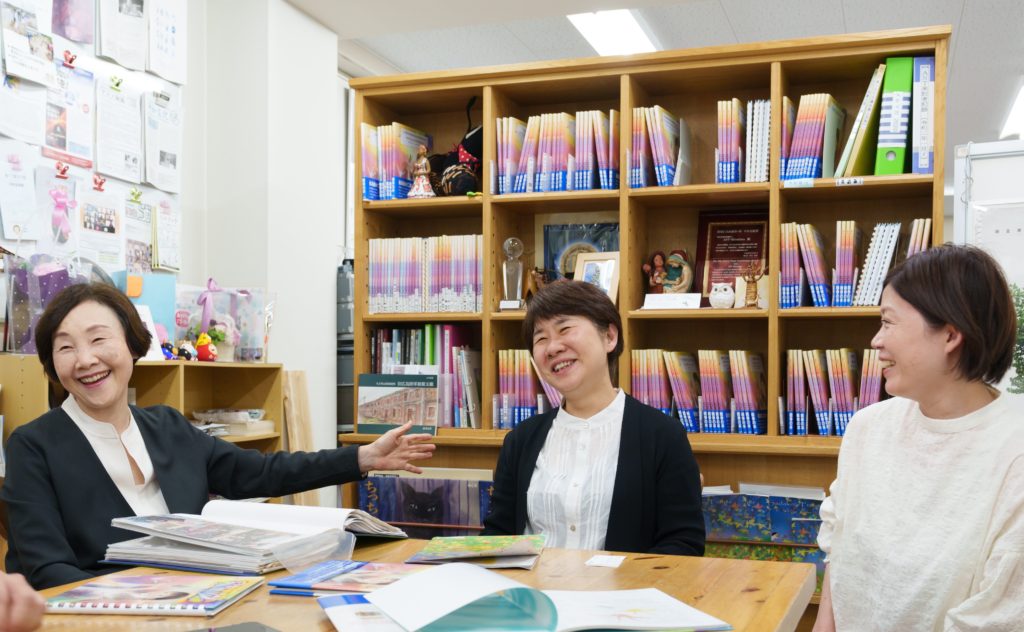
From left: Ms. Watanabe, Ms. Yamamoto, Ms. Ishiyama
”Translation of the book came about through an encounter with an Afghan girl, Afifa , in October 2003. I was pushing the wheelchair of Afifa, who had lost a leg to a land mine, around the Peace Park, and showed her the Children’s Peace Monument as we looked at Journey of Folded Paper Cranes together,” said Ms. Watanabe. “Suddenly, Nurla Saifi, an Afghan filmmaker who had come with Afifa, began crying. “Sadako is like the children of Afghanistan,” Nurla said, and added, “I want children in Afghanistan to read this book.” That was the start of the project.

Afifa’s visit to the Peace Park
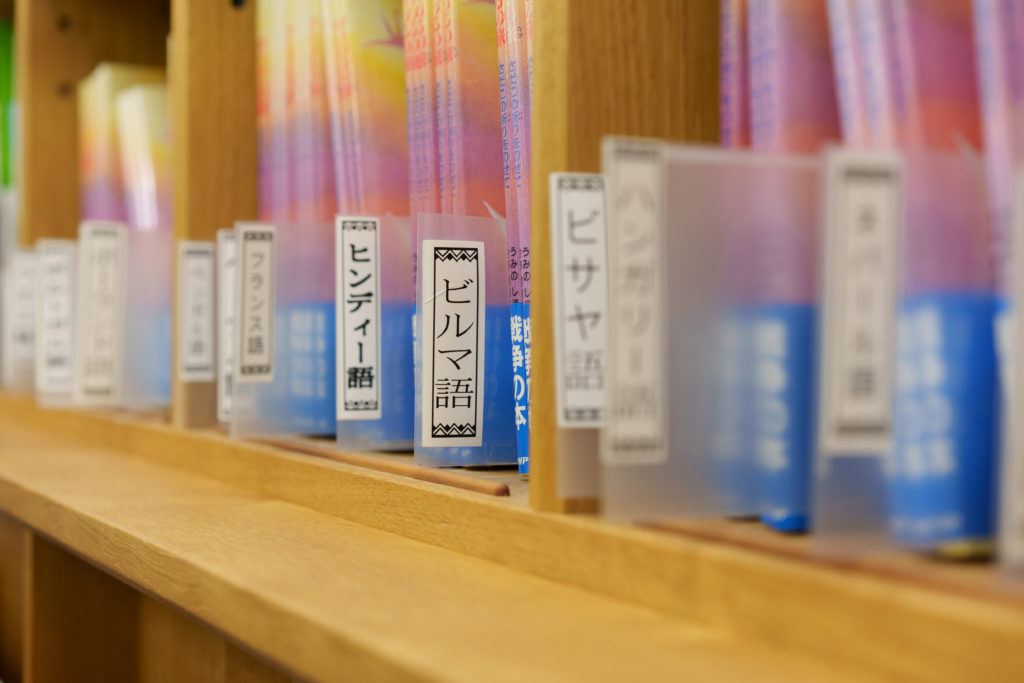
Picture books translated into many languages, at ANT-Hiroshima’s office
The translation work, first performed for children in Afghanistan, has expanded to 33 languages (as of May 2022), with permission from the publisher to place translated text stickers over the Japanese text due to an issue with copyright. Some of the languages are unfamiliar to this writer.
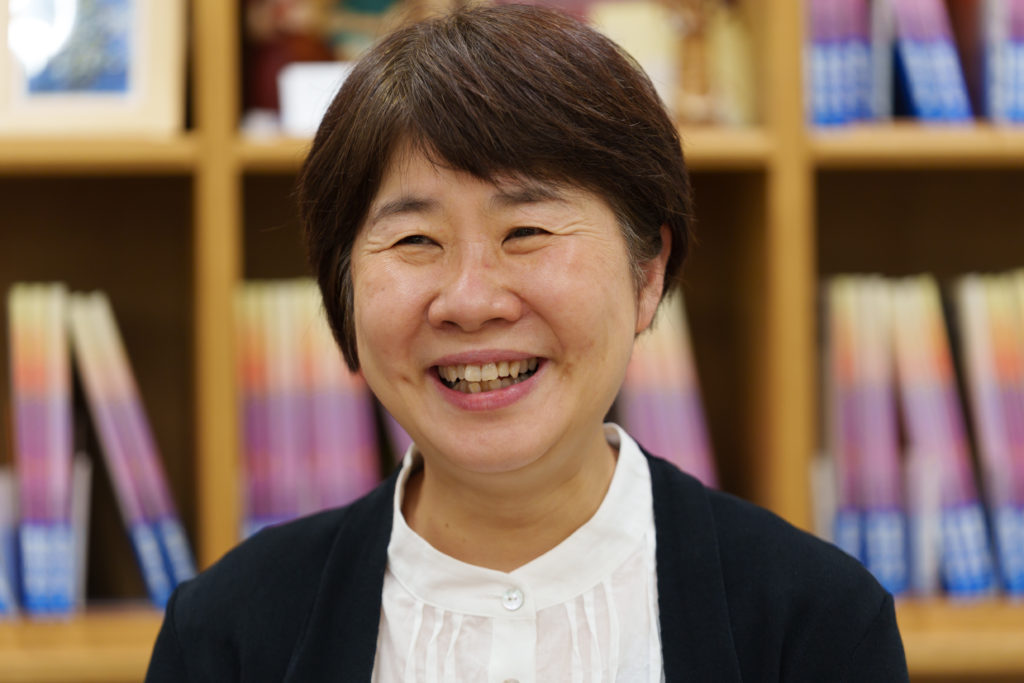
Ms. Yamamoto is the person in charge of the translation work. “People take pride in their country’s language. We believe translation is important so that as many people as possible can read the book in their native language. The original Japanese version is left-bound as the text is laid out horizontally, but for languages read from the right, the books are un-bound and then right-bound using rings. However, the appeal of a picture book is not only that it communicates in few words, but also that its story can be communicated to children through pictures alone,” said Ms. Yamamoto, showing a colorful poster.
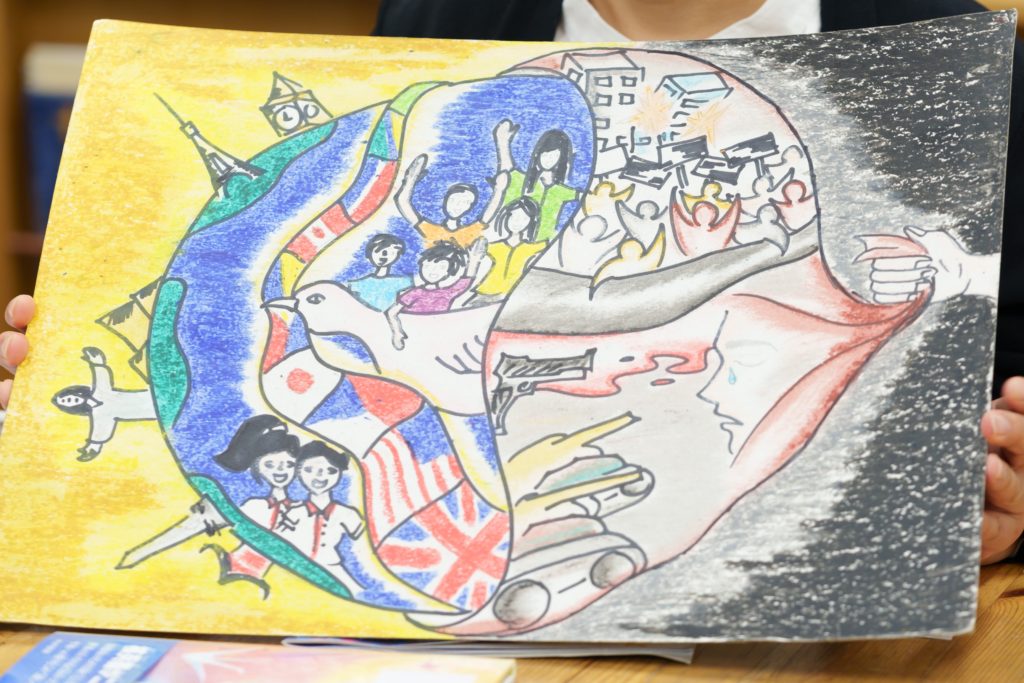
Poster drawn by a junior high school student on Leyte Island
”We received a request from a junior high school on Leyte Island in the Philippines to use this book for peace education. This is a picture made by a student for an illustration contest held by the school at the time. It holds out the idea if a veil wrapped in sorrow is lifted, love and peace will come to the world. It gave me the feeling that just looking at the pictures in this book communicates something important to children,” said Ms. Yamamoto.
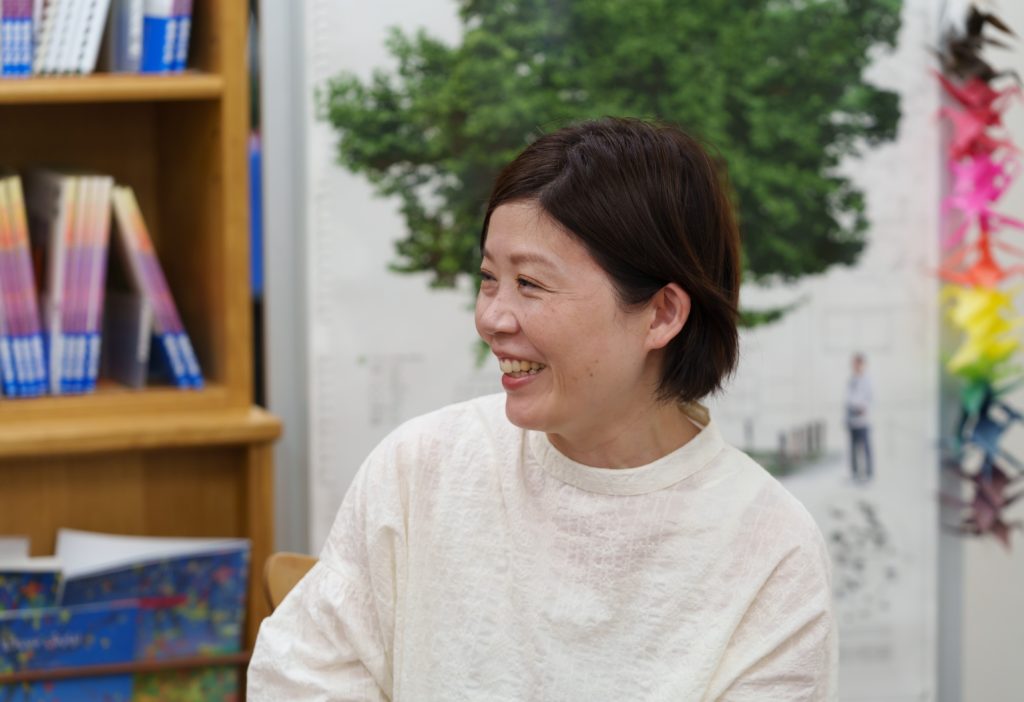
Ms. Ishiyama added, “We translate the text of the picture book, print it out, and manually paste the text one sticker at a time, finishing the books one by one. Translation is performed by volunteers who speak the languages. This book has been made through the help of many people,” she said, relaying how the translations in the books have been made possible through people’s work and the desire to give to children around the world.
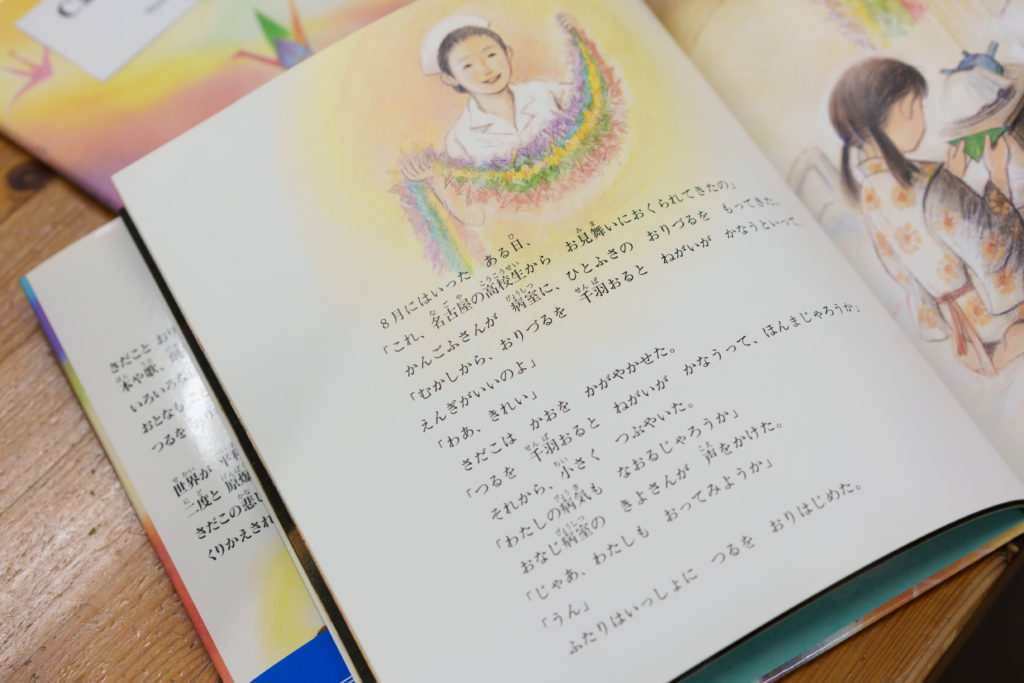
A page from the book
Wars and conflicts continue in some countries even now. At times, project members take books to overseas destinations out of a wish to deliver the books to those countries however they can. Ambassadors and NGOs from those countries sometimes also carry books with them. The books pass through many people’s hands to reach children.
In truth, the story of the book does not end with the creation of Children’s Peace Monument. The story sees the tale of Sadako reaching many parts of the world to spur the creation of songs and monuments to peace. It is as if the paper cranes have traveled via the hands of people worldwide, in a growing circle of peace.
Sadako’s Picture Book Project says it will continue to increase the number of translated languages so that the story can reach as many children as possible.
*For inquiries and purchases of the book, please contact ANT-Hiroshima.
ANT-Hiroshima

TEL: 082-502-6304
Address: Aki Legal Building 5F, 8-14 Kamihacchobori, Naka-ku, Hiroshima
Website: https://ant-hiroshima.org/
Tags associated with this article



